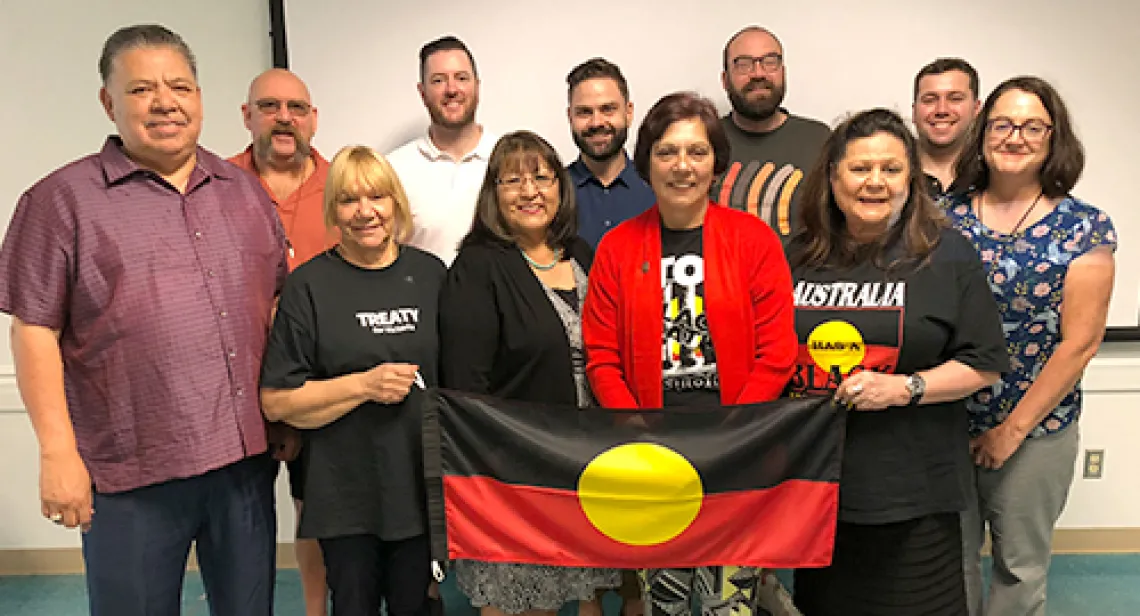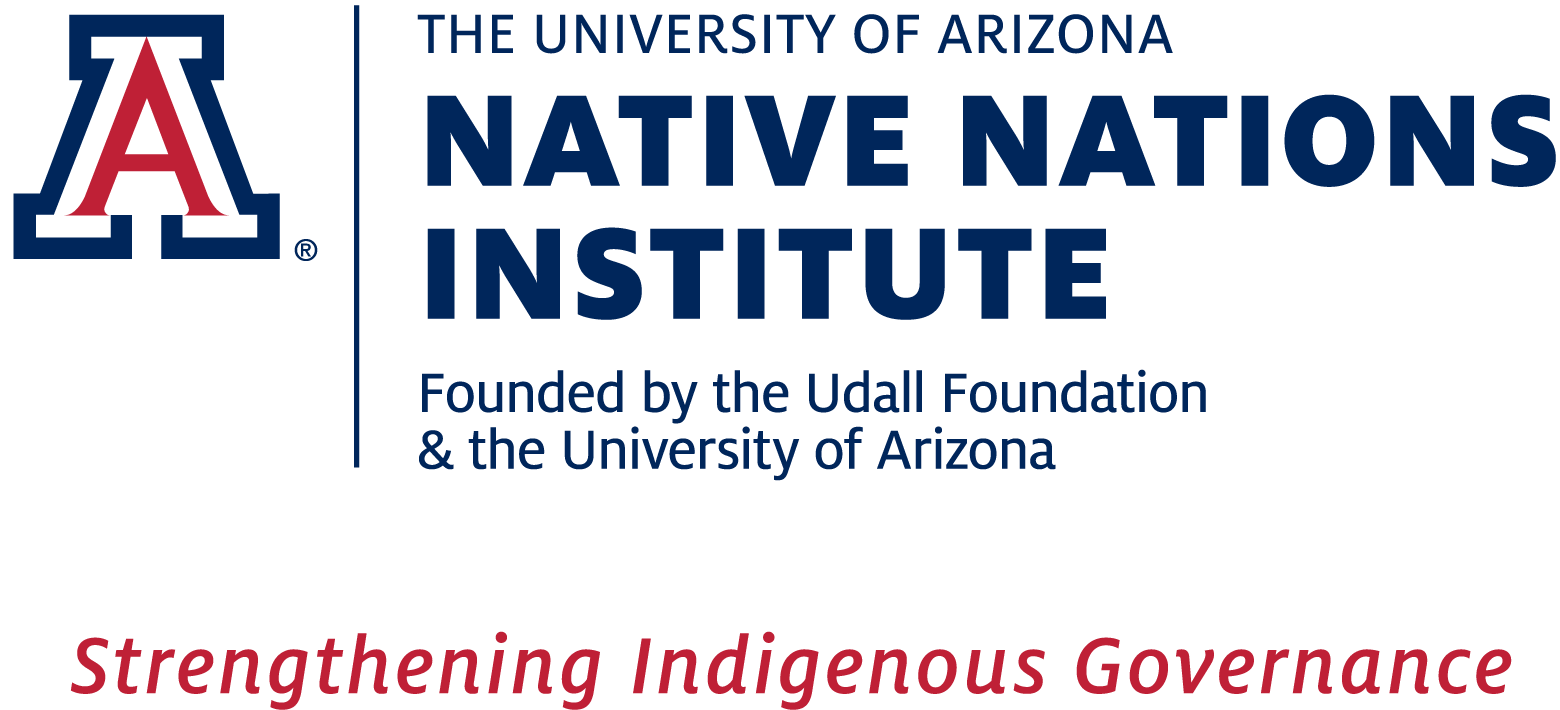NNI Welcomes an Aboriginal Treaty Working Group

On August 13th, an Aboriginal Treaty Working Group from the state of Victoria in Australia met with Native Nations Institute (NNI) staff to discuss Indigenous nation building. Unlike the U.S., Canada, and New Zealand, Australia does not have treaties with Indigenous peoples. As part of its own reconciliation process, Victoria convened the Working Group to provide “advice to community and government on the next steps in a treaty making process.”[1]
According to NNI Executive Director Joan Timeche (Hopi), “Case studies of successful Native nation rebuilding were a focus of the NNI-Working Group meeting. Together, we reviewed several NNI case studies and discussed how Indigenous communities that share a geography with the U.S. are exercising self-determination. After this nation rebuilding session, it was particularly powerful for the delegation to visit the Tohono O’odham Nation and the Pasqua Yaqui Tribe and to see first-hand how these nations are each exercising their sovereignty.”
Native Nations Institute has partnered with Australian Universities and Aboriginal communities for research and outreach purposes since the mid-2000s. The Victorian delegation’s visit to NNI arose from the key partnership agreement between the University of Arizona and University of Technology Sydney (UTS) and the close working relationship between NNI and the UTS Jumbunna Institute for Indigenous Education and Research, which also is working to support the treaty process in Victoria.
After its meetings with NNI, the Working Group traveled to Canada to meet with the British Columbia Treaty Commission and to learn about the province’s experience with treaty negotiations. NNI International Advisory Council co-chair, Sophie Pierre, is the former chief commissioner of the Treaty Commission. Timeche added “They had made a good decision to do this fact finding tour to gain background information. What they learn will help them avoid some of the common mistakes we have seen. This was a diverse group of people and each one will bring home different aspects of what they heard.”
[1] Final Report on the Design of the Aboriginal Representative Body (vic.gov.au)

